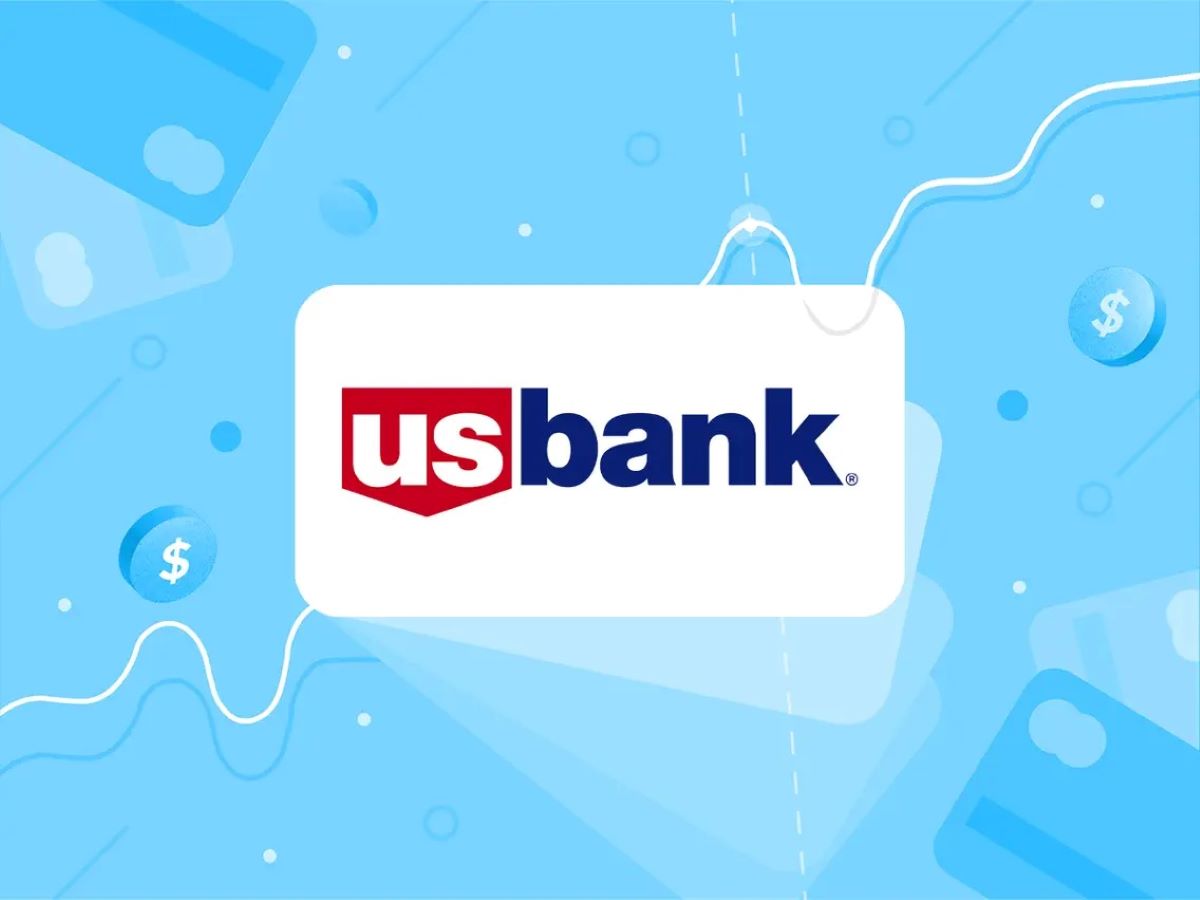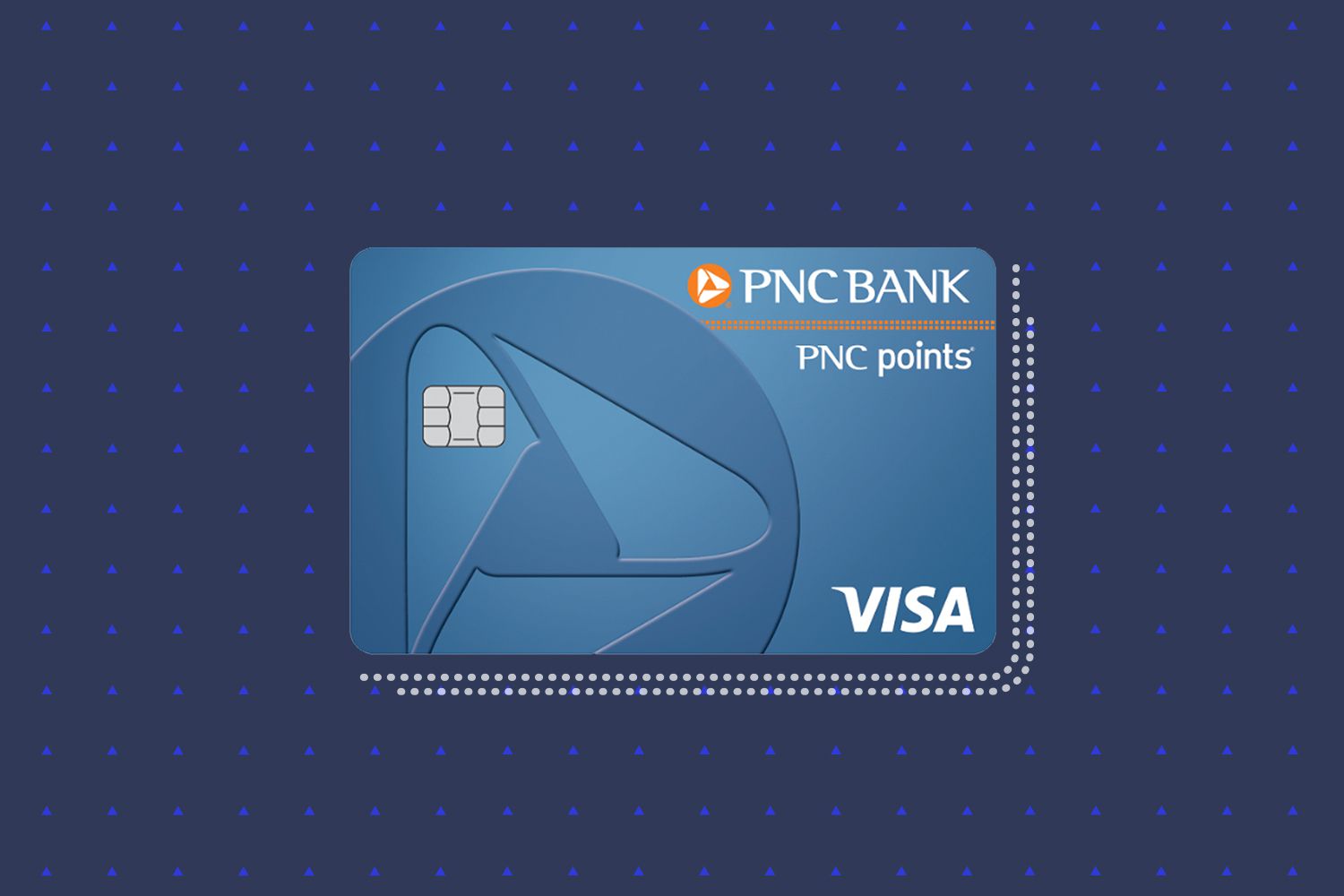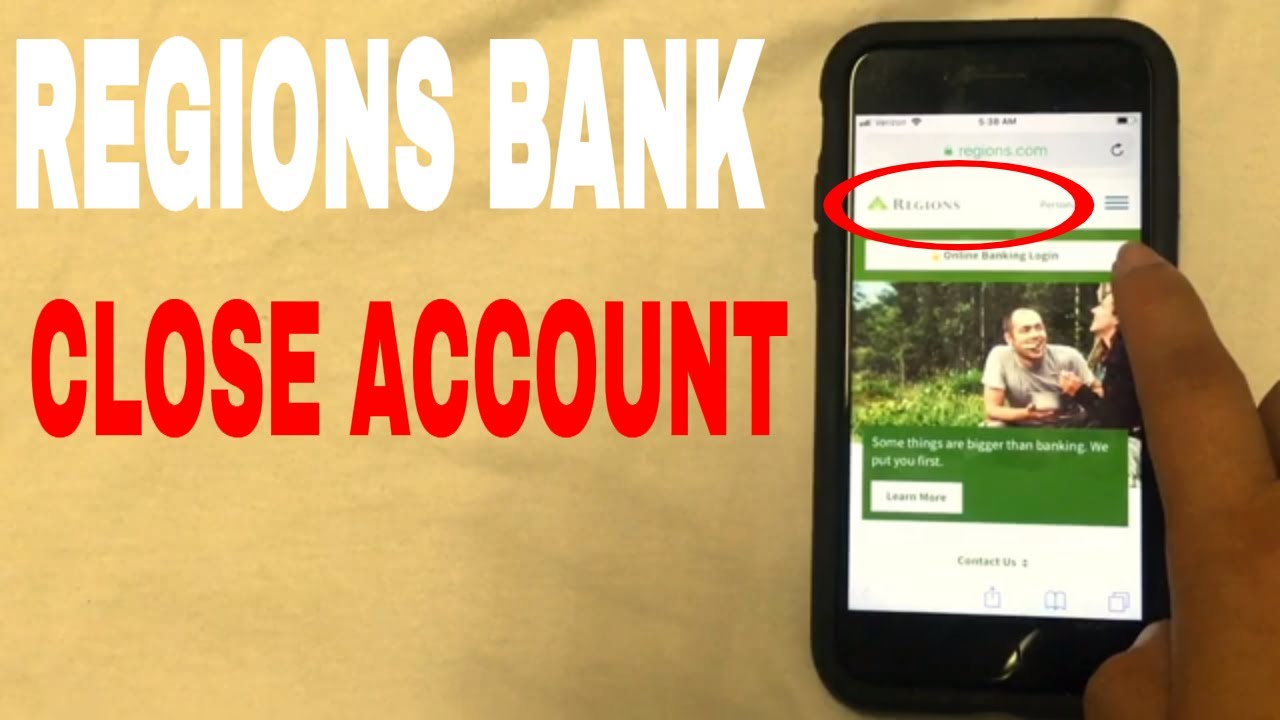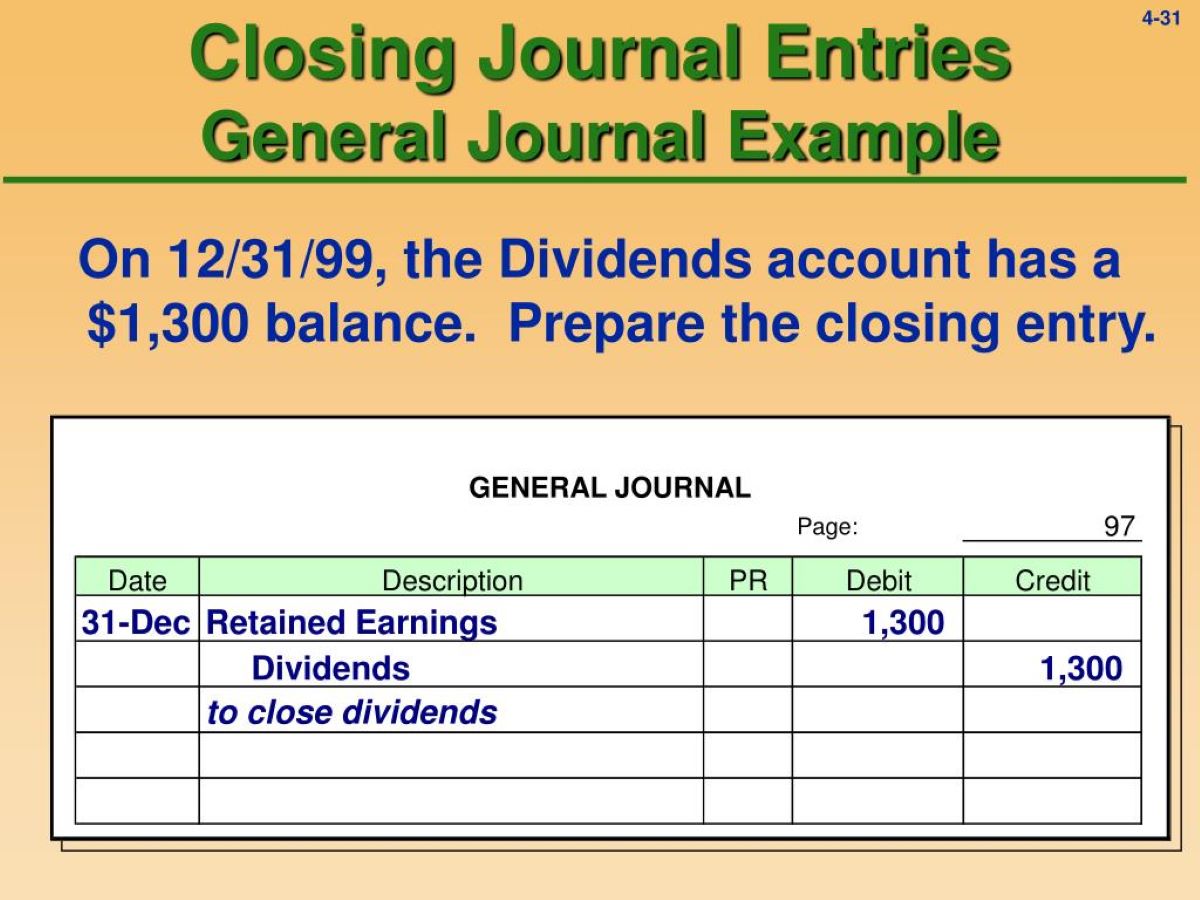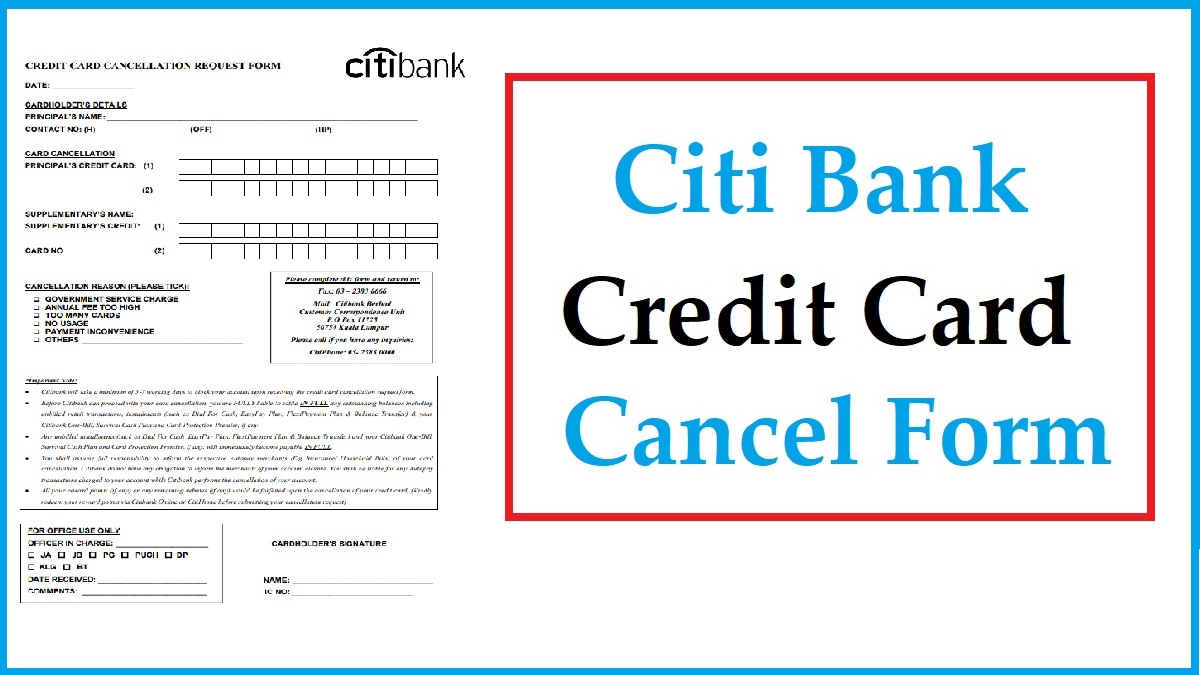

Finance
How To Close PNC Checking Account
Modified: February 21, 2024
Learn how to close your PNC checking account and manage your personal finances effectively with our comprehensive guide. Take control of your financial future today.
(Many of the links in this article redirect to a specific reviewed product. Your purchase of these products through affiliate links helps to generate commission for LiveWell, at no extra cost. Learn more)
Table of Contents
Introduction
Are you considering closing your PNC checking account? Whether you’re switching to a different bank, consolidating your accounts, or simply no longer require the services, it’s important to know the steps to close your account properly. Closing a bank account can seem daunting, but with the right information and guidance, the process can be smooth and hassle-free.
In this article, we will provide you with a comprehensive guide on how to close your PNC checking account. We will walk you through each step, ensuring that you have all the necessary information and know what to expect during the closure process.
Before we dive into the specific steps, it’s important to note that closing a bank account is a decision that should be carefully considered. Make sure you have evaluated all your alternatives and reasons for closure. If you are experiencing any issues with your account or PNC’s services, we recommend reaching out to their customer service first to see if any resolutions can be reached without fully closing the account.
Now, let’s get started with the step-by-step process of closing your PNC checking account.
Step 1: Gather Required Information
Before initiating the closure process for your PNC checking account, it’s important to gather all the necessary information to ensure a smooth and efficient account closure. Here are the key details you’ll need:
- Account information: Make sure you have your PNC checking account number and the associated routing number. You can find this information on your account statement, checks, or by logging into your online banking portal.
- Identification documents: Prepare a valid government-issued ID, such as a driver’s license or passport. Some banks may also require additional forms of identification.
- Outstanding transactions: Take note of any pending transactions or outstanding checks that haven’t been processed yet. It’s important to ensure that these transactions are either completed or canceled before closing your account.
- Alternative banking options: If you’re closing your PNC checking account to switch to another bank, research and choose the new bank where you’ll be opening your account. Take note of their requirements and processes to facilitate a smooth transition.
By gathering all the necessary information beforehand, you’ll be well-prepared to proceed with the account closure process smoothly and avoid any potential complications.
Step 2: Stop Incoming Transactions
Before you proceed with closing your PNC checking account, it’s crucial to stop any incoming transactions to avoid any complications. This step ensures that there are no pending deposits or transactions that could cause issues during the closure process.
Here are the necessary actions to halt incoming transactions:
- Update direct deposit information: If you have any direct deposit set up with your PNC checking account, notify the relevant parties (such as your employer or benefits provider) about the account closure. Provide them with the new account information, if applicable, to ensure a smooth transition of deposits to the new account.
- Cancel recurring payments: If you have any recurring payments or automatic withdrawals set up using your PNC checking account, make sure to cancel them and provide the new payment information, if necessary. This may include bills, subscriptions, or other recurring expenses.
- Notify incoming payers: If you receive payments from individuals or organizations directly into your PNC checking account, inform them about the account closure and provide alternative payment methods. Ensure that any outstanding payments are resolved before closing the account.
By taking these proactive steps to stop incoming transactions, you can prevent any potential issues with missed payments or deposits during the transition process.
Step 3: Transfer Funds
As you prepare to close your PNC checking account, it’s essential to transfer any remaining funds to a new account or withdraw the money in a convenient and secure manner. This step ensures that you have access to your funds and minimizes any potential disruption during the account closure process.
Here are the recommended methods to transfer your funds:
- Transfer to a new account: If you’re switching to a different bank, open a new account and transfer your funds from your PNC checking account to the new account. This can typically be done through an electronic funds transfer or by depositing a check from the old account into the new one.
- Withdraw in person: If you prefer to have cash in hand or don’t have an immediate need for a new account, you can visit a PNC branch and make a withdrawal. Ensure that you have proper identification documents with you when making the withdrawal.
- Write checks: If you have outstanding checks that need to be cleared, consider writing checks from your PNC checking account to pay off any pending expenses. However, be sure to inform the recipients that the account will be closed soon.
It’s important to note that you should leave a small balance in your PNC checking account to cover any unexpected fees or charges that may occur before the account closure is finalized.
By transferring your funds, you can ensure that you have access to your money and minimize any potential financial disruptions during the closure process.
Step 4: Cancel Automatic Payments and Direct Deposits
As you approach the closure of your PNC checking account, it’s crucial to cancel any automatic payments and direct deposits linked to the account. This step ensures a smooth transition without any missed payments or deposits after the account is closed.
Here’s what you need to do to cancel automatic payments and direct deposits:
- Review your accounts: Take inventory of all the automatic payments and direct deposits associated with your PNC checking account. This may include utility bills, subscription services, loan payments, and more.
- Contact the payees: Reach out to the companies and organizations that handle your automatic payments. Provide them with your new account information or make alternative arrangements to ensure uninterrupted payment processes.
- Notify direct deposit providers: If you receive direct deposits, such as your salary or government benefits, inform the relevant parties about your account change and provide the new account information as necessary.
- Monitor your accounts: Keep an eye on your new account to ensure that all automatic payments and direct deposits are successfully transferred and processed accordingly. Double-check your statements and online banking information to confirm the transition.
By taking the time to cancel automatic payments and direct deposits, you can avoid any potential financial disruptions or missed payments, ensuring a seamless transition to your new account.
Step 5: Contact Customer Service
Before proceeding with the closure of your PNC checking account, it’s advisable to contact PNC’s customer service to gather any additional information and ensure a smooth account closure process. They can provide specific instructions, address any concerns you may have, and guide you through any necessary steps.
Here’s what you should do when contacting PNC customer service:
- Call or visit a branch: Get in touch with PNC’s customer service by calling their dedicated phone line or visiting a nearby branch. Use this opportunity to confirm the specific requirements and steps needed to close your checking account.
- Clarify any doubts or concerns: Use this conversation as an opportunity to ask any questions you have regarding the closure process, any potential fees or penalties, or any necessary documentation they may require.
- Follow their guidance: PNC’s customer service representatives will provide you with instructions on how to proceed. They may ask you to submit a written closure request, provide additional documents, or guide you through an online closure process.
Remember to take note of any reference numbers, names of the representatives you interact with, and the date and time of the conversation for future reference.
By reaching out to PNC’s customer service, you can ensure that you have the most accurate and up-to-date information to successfully close your checking account.
Step 6: Submit Closure Request
Once you have gathered all the necessary information and completed the preliminary steps, it’s time to officially submit a closure request for your PNC checking account. This step ensures that your account closure is processed efficiently and according to PNC’s guidelines.
Follow these steps to submit a closure request:
- Choose your preferred method: PNC provides different options for submitting a closure request. You can initiate the closure process online through your PNC online banking portal, visit a branch in person, or contact customer service to request a closure form to fill out and submit.
- Complete the closure request: Fill out the closure request form accurately and provide all the required information. Make sure to include your account number, personal details, and any other information PNC may require.
- Submit the request: Depending on the chosen method, submit the closure request form online, return it to a PNC branch, or follow the instructions provided by customer service. Ensure that you keep a copy of the closure request form for your records.
After you’ve submitted the closure request, be prepared for any additional steps that PNC may require to finalize the account closure. These steps may include verifying your identity, completing any outstanding transactions, or signing any necessary documents.
It’s important to note that the account closure process may take a few business days to be fully processed. During this time, refrain from making any additional transactions or using your PNC checking account.
By submitting a closure request, you signal your intention to close your PNC checking account and initiate the necessary steps to finalize the closure process.
Step 7: Confirm Account Closure
After you’ve submitted the closure request for your PNC checking account, it’s important to confirm that the account closure has been successfully processed. This step ensures that you no longer have any active accounts with PNC and mitigates any potential risks or complications.
Here’s what you should do to confirm the closure of your PNC checking account:
- Monitor your account: Keep an eye on your PNC checking account during the closure process. Check your online banking portal or account statements to ensure that there are no unexpected transactions or fees.
- Receive confirmation: Once the account closure has been processed, you will receive a confirmation notification from PNC. This confirmation may come in the form of a letter, email, or notification within your online banking portal.
- Verify zero balance: Ensure that your PNC checking account shows a zero balance after the closure is confirmed. This verifies that all pending transactions, fees, and charges have been resolved and reflects the successful closure of your account.
- Destroy old checks and cards: Safely dispose of any remaining checks, debit cards, or other banking documents associated with your closed PNC checking account. Shred or securely dispose of them to protect your personal information.
If you do not receive a confirmation or have any concerns about the closure of your PNC checking account, contact PNC’s customer service to address any issues and seek clarification.
By confirming the closure of your account, you can have peace of mind knowing that your PNC checking account is successfully closed and that your financial matters are properly resolved.
Conclusion
Closing a PNC checking account may seem like a daunting task, but with the right knowledge and steps, it can be a straightforward process. This comprehensive guide has provided you with a step-by-step approach to successfully close your PNC checking account.
Remember to gather all the necessary information, stop incoming transactions, transfer your funds to a new account, cancel automatic payments and direct deposits, contact customer service for guidance, submit a closure request, and confirm the closure of your account.
Throughout this process, it’s essential to maintain open communication with PNC’s customer service, address any concerns or questions you may have, and follow their instructions for a seamless closure experience.
Keep in mind that closing your PNC checking account is a significant decision, so evaluate your options carefully and ensure it aligns with your financial needs and goals. Additionally, consider exploring the services and benefits offered by other financial institutions if you’re looking to switch to a new bank.
By following the steps outlined in this guide, you can confidently close your PNC checking account and move forward with your financial plans. Remember to monitor your accounts, keep documentation of the closure process, and maintain good financial habits throughout the transition.
While closing your PNC checking account is a significant milestone, it’s also an opportunity to explore other banking options and financial solutions that may better suit your needs. Take the time to research and find the bank that aligns with your financial goals and provides the services and convenience you desire.
Remember, the process may take a few business days to complete, and it’s crucial to exercise patience and diligence throughout. By following the steps outlined in this guide, you can navigate the closure process with ease and move forward confidently in your financial journey.

